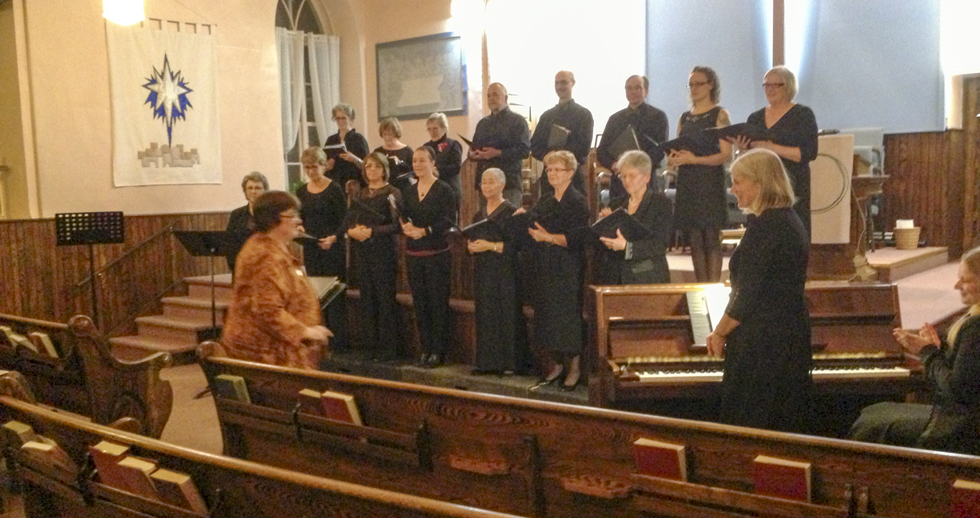M’Chigeeng member’s book planned for school use
ANISHINABEK NATION—Last week, after years of hard work and determination, the ‘We Are All Treaty Peoples’ educators toolkit was rolled out at the Union of Ontario Indians offices at Nipissing First Nation.
The toolkit is connected to the Ontario curriculum and is full of fun and engaging activities that will help students in Grades 1-8 learn about treaty relationships, a press release from the province states. It includes teacher’s guides, books, maps, DVDs and an 800-piece Treaty of Fort Niagara LEGO® wampum belt, designed by nine-year-old Alexander Hebert from Dokis First Nation.
Along with grand Council Chief of the Anishinabek Nation Patrick Madahbee, Minister of Aboriginal Affairs David Zimmer was also on hand for the launch, stating, “Treaties are fundamental to the relationship between First Nation communities and their neighbours and to the future prosperity of all Ontarians. I’m thrilled that we can partner with the Anishinabek Nation to help increase public awareness on treaties and our shared history as truly, we are all treaty people.”
Grand Council Chief Madahbee told The Expositor that Kelly Crawford, formerly of M’Chigeeng, came up with the idea for the toolkit following some unsettling moments in First Nations education with her school-aged daughters coupled with the fact that she herself had never been taught about her own peoples’ history in school. He explained that Ms. Crawford’s one daughter came home from school one day with a cutout head dress meant to symbolize First Nations people while her other daughter arrived from school during National Aboriginal Day, June 21, adorned with a sombrero and announcing that in honour of the day they had fajitas for lunch. This was the final straw for the First Nations woman who has devoted her life to education and is a professor at Laurentian University.
The toolkit is designed for progression from Grades 1 to 8 with the hopes to continue it into high school and university courses as well.
Chief Madahbee spoke of nine-year-old Alexander Hebert of the Dokis First nation who, after learning about treaties at school, went home and made a replica of the 1764 Treaty of Niagara Belt from Lego, which is now a part of the toolkit.
With this toolkit in the classrooms, “conversations will take place and it gives a chance for the kids to learn more about their identity.”
He said Minister Zimmerman shared a story with him at the launch about a well-known and successful Toronto businessman who recently came to his office at Queen’s Park and noticed the map locating the treaty boundaries and First Nations communities. He was shocked to learn how much of the province is comprised of First Nations territories.
While the toolkit is not mandatory for teachers, it has already proven to be successful with over 90 orders placed so far. “And I think that in time, it will be part of the curriculum,” the chief added.





